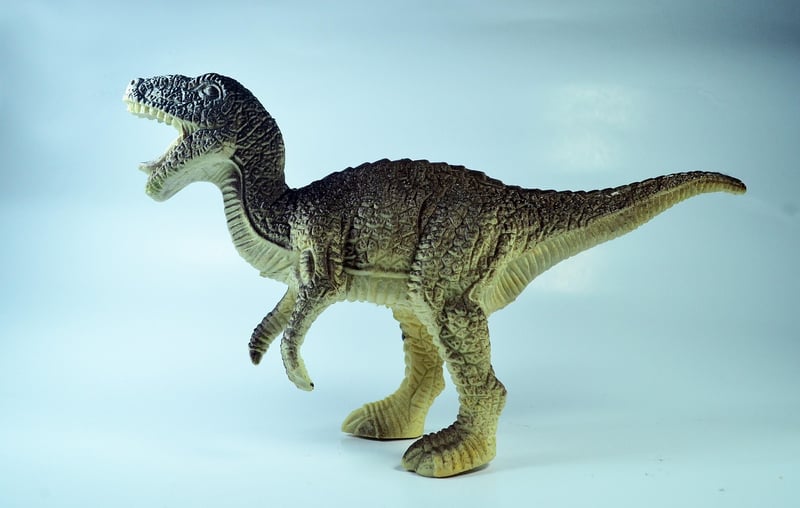Jurassic Period
Exploring Unique Time Zones and the Jurassic Period

Time zones help us organize our lives and coordinate activities across the globe. However, did you know that time itself has undergone significant changes over the Earth's history, including during the Jurassic Period?
Time Zones in the Jurassic Period
During the Jurassic Period, which spanned from around 201 to 145 million years ago, the concept of time zones as we know them today did not exist. The Earth looked vastly different, with supercontinents, different climate patterns, and unique flora and fauna.
Due to the Earth's slower rotation and different positioning of landmasses, the length of a day during the Jurassic Period was shorter than it is now. A day might have been around 23 hours long compared to our current 24-hour day.
Unique Features of the Jurassic Period
The Jurassic Period is known for its iconic dinosaurs like the Tyrannosaurus Rex, Stegosaurus, and Brachiosaurus. These creatures roamed the Earth during a time when the climate was warmer, and lush forests covered many regions.
It was also a period of significant evolutionary developments, with the emergence of early mammals, birds, and flowering plants. The oceans teemed with marine reptiles like Plesiosaurs and Ichthyosaurs, adding to the diverse ecosystem of the time.
Exploring Time Zones Today
Today, we use a system of 24 time zones to standardize timekeeping across the world. Each time zone is roughly 15 degrees of longitude wide and represents a one-hour difference from the adjacent zone. This system helps us synchronize activities, travel, and communication globally.
While we may not have the same unique time zones as during the Jurassic Period, the Earth's history reminds us of the ever-changing nature of our planet and the need to adapt to different temporal realities.
For more information on the Jurassic Period and its fascinating creatures, you can visit Wikipedia's Jurassic Period page.
